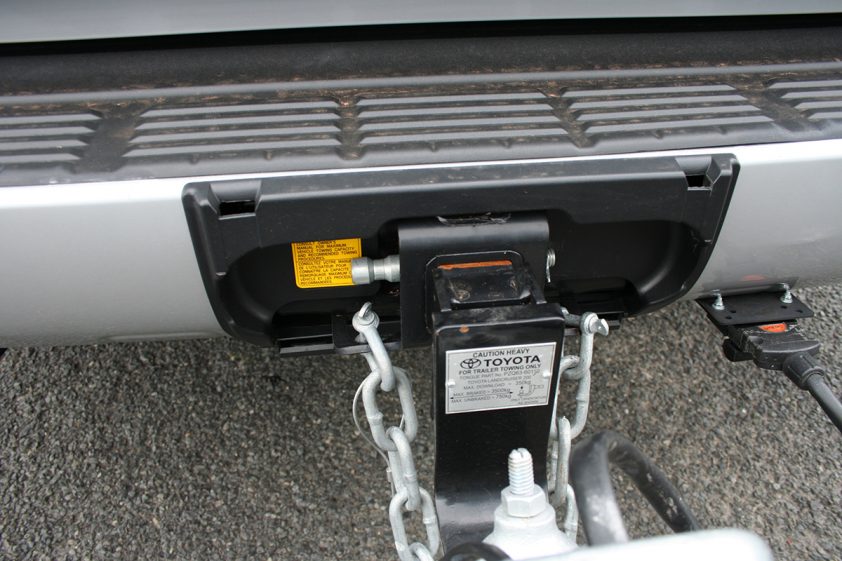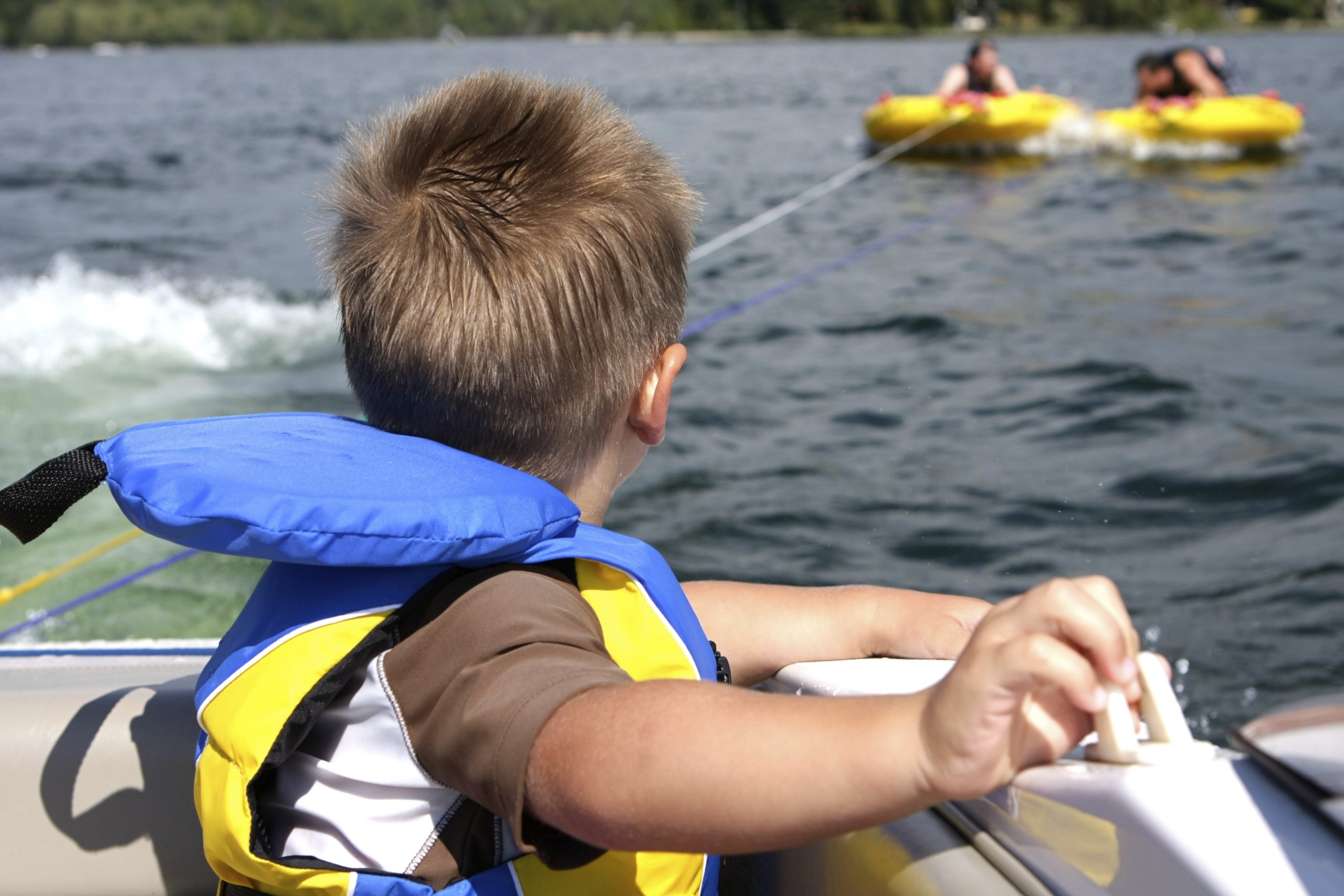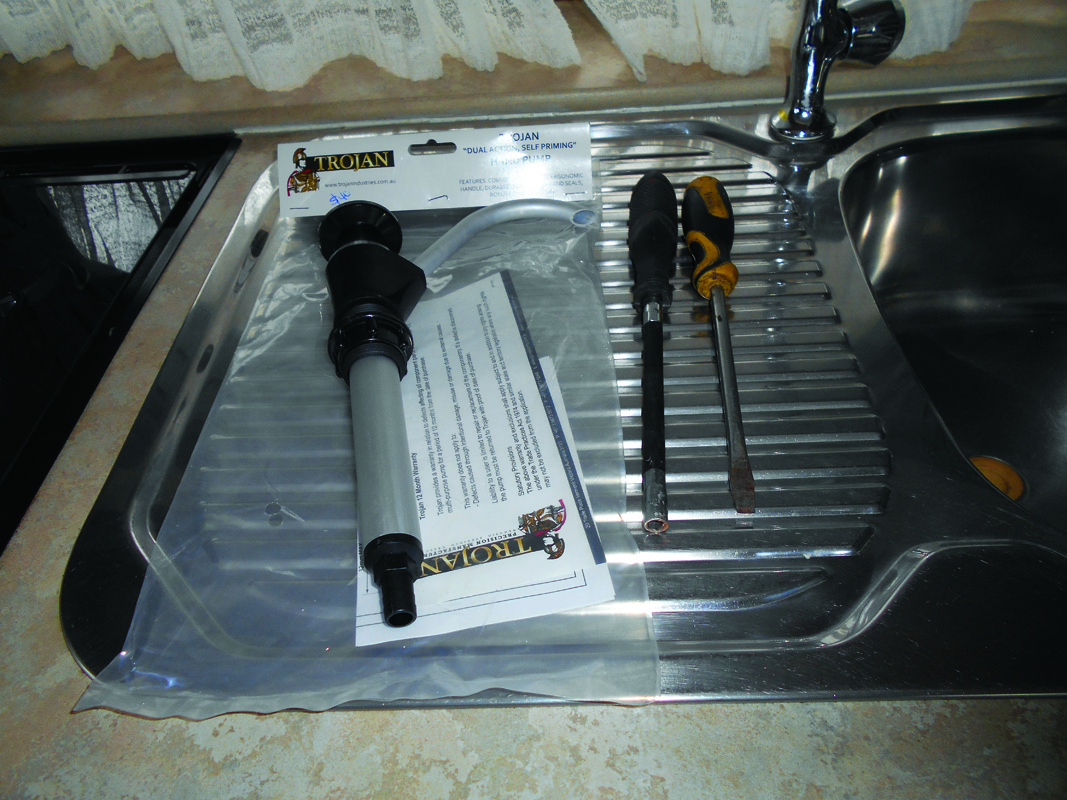Safety chain connection devices, otherwise known as shackles, D-shackles, D-bolts or bow shackles, may seem like a relatively minor part of towing – that is, until you find yourself in an emergency situation (like your tow vehicle and caravan, camper or boat parting company!), where the shackles could play a major role.
Shackles are, essentially, a backup link to the towing hitch, connecting your trailer’s safety chains to the tow vehicle. They are most commonly used when connecting and disconnecting the chains from the vehicle but are (luckily) very rarely used for their actual purpose, so most are never placed under any sort of load. However, knowing how shackles are rated, what load they can support, and whether they comply with the relevant Australian standards is all important information for those who tow to know.
*Note: The recommendations listed may not be accurate depending on your state, to find out the rating recommendations for your state be sure to contact your recommended state authority.*
AUSTRALIAN STANDARDS FOR SHACKLES
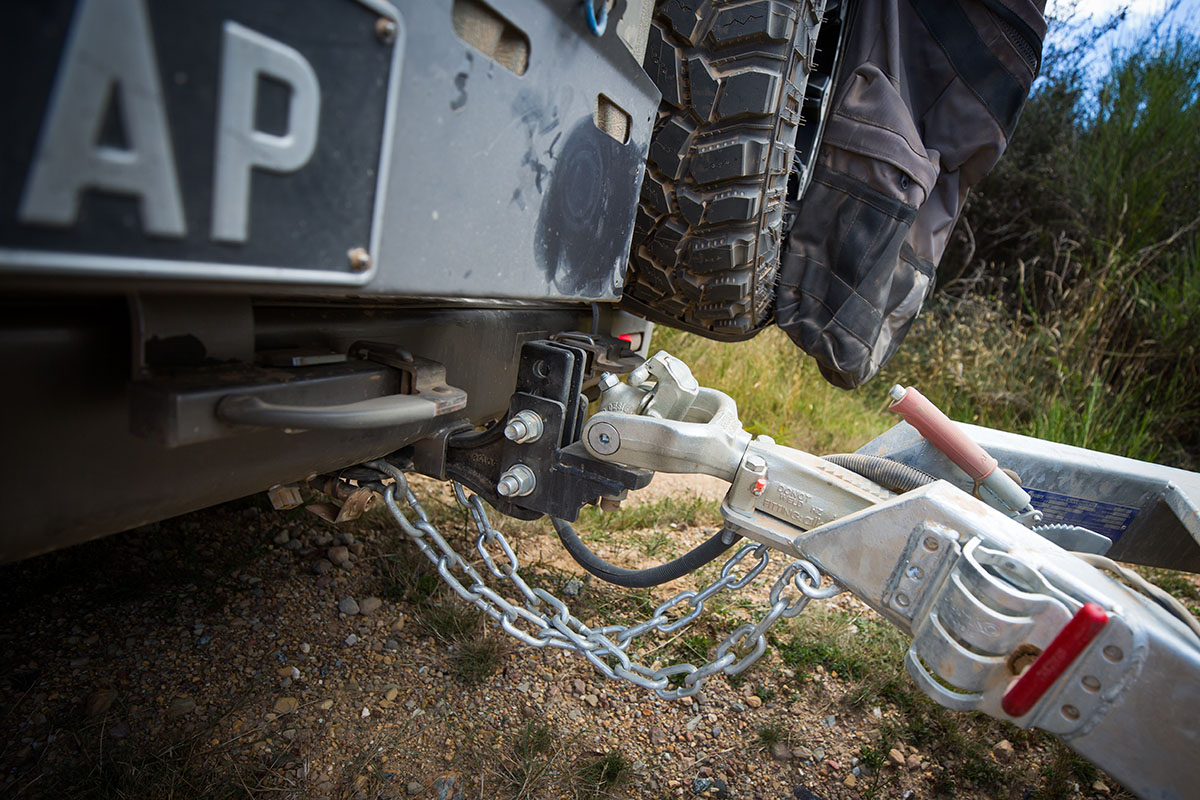
There is an applicable Australian standard for D-shackles and bow shackles (AS: 2741-2002), however, that only covers their use in building and lifting applications. These shackles have a Working Load Limit (WLL) and a higher safety factor, the WLL should be marked on the shackle. The issue is that the loading placed on shackles used for towing is different to lifting and, consequently, AS 2714-2002 does not directly apply.
It’s also worth noting that there is a standard for the safety chains themselves (AS: 4177.4-2004) but not the shackles that connect them up.
RECENT ADVICE
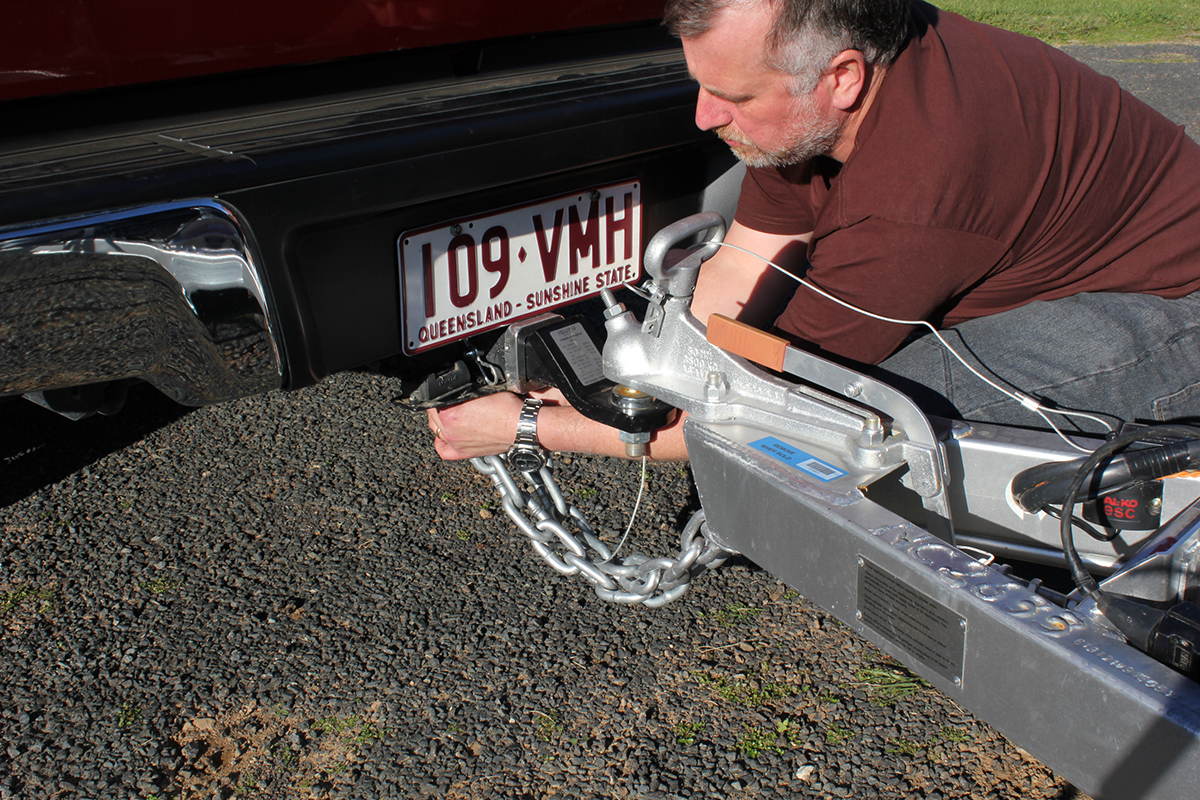
The Australian Administrator of Vehicle Standards/Australian Motor Vehicle Certification Board recently issued Circular 0-1-3 on Safety Chain Connection Devices for Road Trailers up to 3500kg which covers shackles used for towing. The point of the circular, which was developed in agreement with state and territory regulators, is to provide a uniform approach in Australia to the use of safety chain connection devices.
The circular has plenty of useful information in it, however, its most important feature is that it outlines how AS 2741-2002 can be applied to shackles used for towing.
It states that the rating of the shackle should exceed that of the safety chain, and that the shackle should be fit for purpose and compatible with the safety chain in terms of strength and size. This can be determined by using a shackle that complies with AS 2741-2002 and has markings showing the manufacturer’s identification, quality or grade (as M or 4; S or 6), the WLL (maximum load) and identification markings to enable the shackle to be traced to a test certificate OR by using a shackle compatible with the safety chains and is of a reputable brand (but doesn’t necessarily comply with (AS 2741-2002), but has “appropriate markings to show the brand and or part identification sufficient to trace its brand and strength back the original manufacturer”.
The circular also includes a useful table showing how AS 2741-2002 can relate to caravan/trailer ATM. You’ll note the ATM ratings are considerably higher than the WLL ratings for the same size shackle.
| Trailer ATM (kg) | For Bow or D Shackles complying with AS 2741-2002 | |||
| Minimum shackle Working Load Limit (WLL)(kg) | Minimum size of shackles (body diameter, not pin size) | |||
| Grade M (or 4) D shackle (mm) | Grade 5 (or 6) D shackle (mm) | Grade 5 (or 6) Bow shackle (mm) | ||
| 0-1,000 | 250 | 6 | 6 | 6 |
| 1,001-1,600 | 400 | 10 | 6 | 6 |
| 1,601-2,500 | 625 | 13 | 8 | 8 |
| 2,501-3,500 | 875 | 16 | 10 | 10 |
It’s important to note, however, that this circular is providing guidelines and advice only, and there is no legal obligation to comply with it. This is spelled out in the circular itself: “Since there is no legal obligation to comply with this guidance material, if an individual or a company chooses not to follow this material, it is the responsibility of the person or the company to demonstrate to state or territory road authorities that a particular safety chain connection device is appropriate for the combination vehicle.”
What this means is that if you choose not to follow the guidelines, the onus is on you, as the driver, to demonstrate to the relevant state or territory road authorities if required that your safety chain connection device (shackle) is appropriate for the combination you’re towing.
So the best course of action is to purchase highly-rated shackles from a reputable outlet. For a few extra dollars, it’ll buy you peace of mind and safety.
MEET THE AUTHOR
Malcolm Street
Malcolm Street began caravanning in the early 1970s, first in a Viscount and later in a York, the former towed by a Holden Kingswood. Malcolm has RV’d extensively across Australia, New Zealand and Britain. He became an RV journalist in 1999. Each year, he reviews around 40 caravans and motorhomes in Oz and NZ. Yes, he’s a well-travelled bloke with no shortage of campfire opinions about how a given caravan could be better put together.

